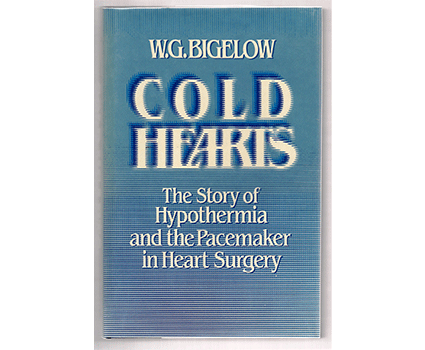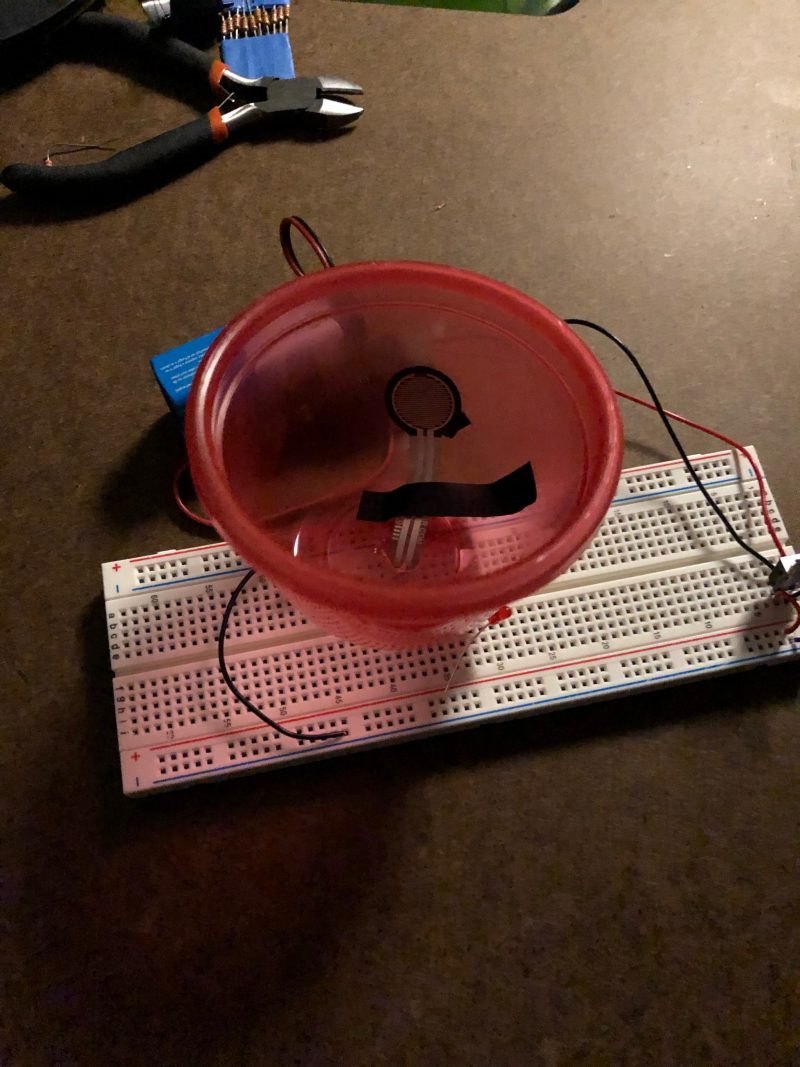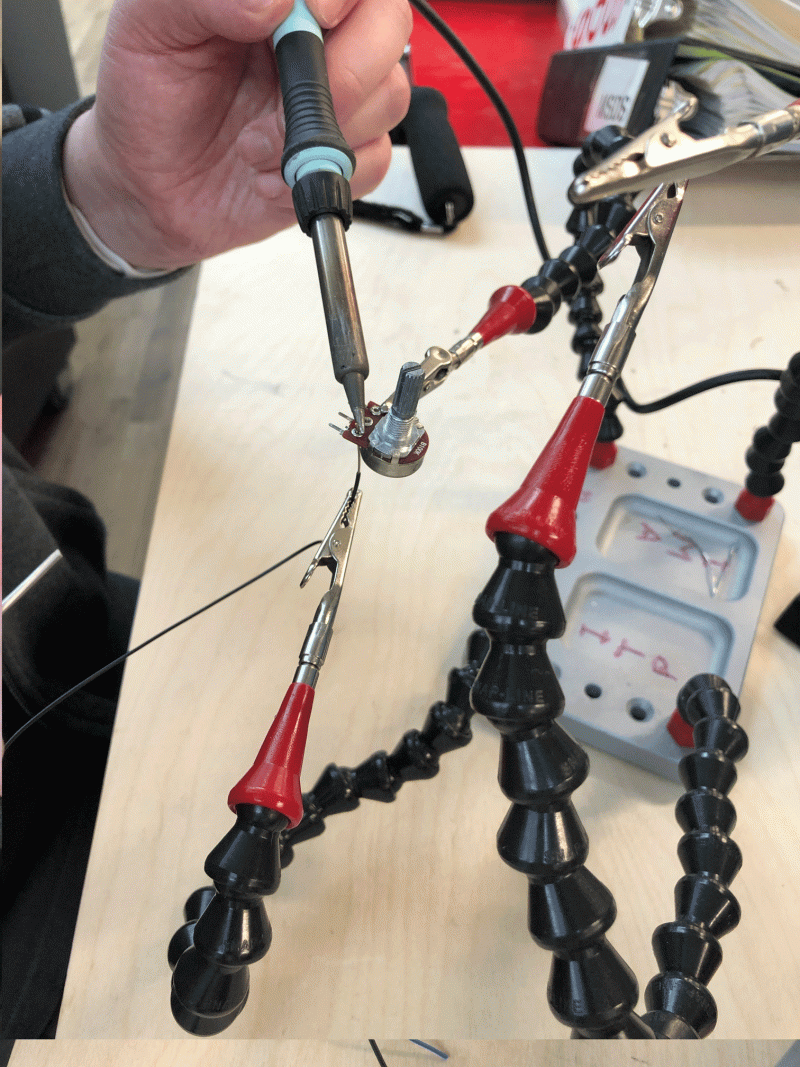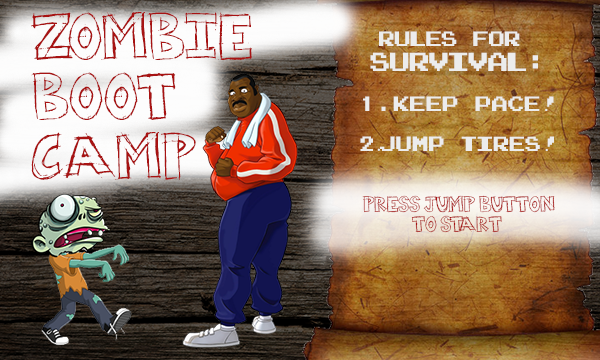Week One’s in-class activity involved the brainstorming of a list of fantasy devices that don’t exist, but which we wish did–regardless of how viable it would be to develop such devices. We were then divided into groups of three and asked to prototype one of the fantasy devices, focusing on creating an interface for the device’s prototype and coming up with ways how the device might be used.
There was a diverse array of fantasy devices ranging from a spoiled milk detector to a universal translator. My group decided to develop a personal assistance-type device that acted as an emotional support coach. While planning out the device’s setup, we took into consideration factors such as physical and aural interfaces, extent of capabilities, and more practical logistical matters, like how charging the device would work.
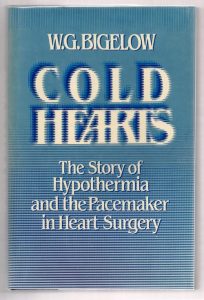
While watching the groups present their prototypes to the class, I was impressed by the extent of detail to which the different groups went in order to properly convey their designs and plans for their devices. At the same time, I was surprised how easily so many of us overlooked minor, yet critical details which would be essential to our prototypes’ ability to function. This drove home the point that, even when not constrained by the very real and, often, very stifling limitations of the real world, it’s very easy to not take into consideration aspects of a device’s development. At the same time, this blind spot to devices’ capabilities and attributes is exciting as it as what has led to groundbreaking creations such as the pacemaker (originally designed while attempting to find an effective treatment for hypothermia), cellophane (originally created as a type of waterproof textile), and Viagra (originally developed to treat hypertension and other forms of heart disease.)

